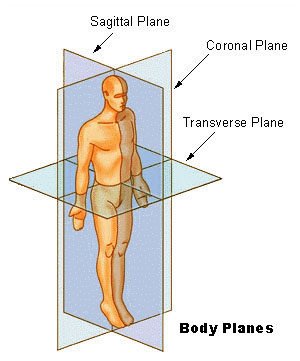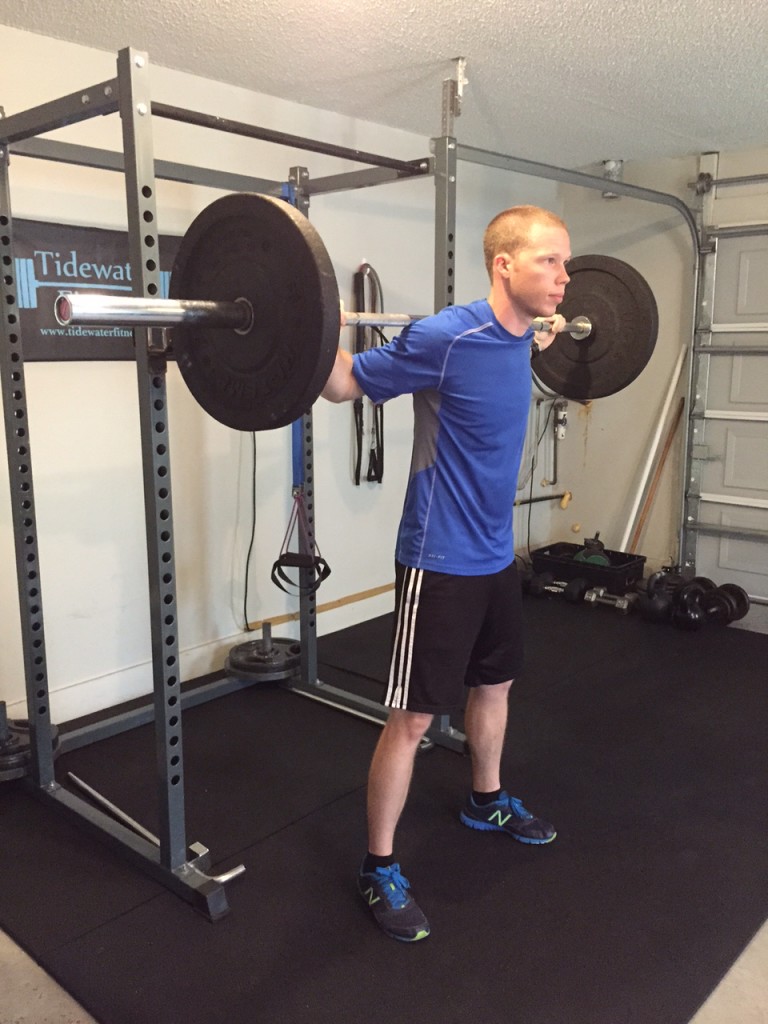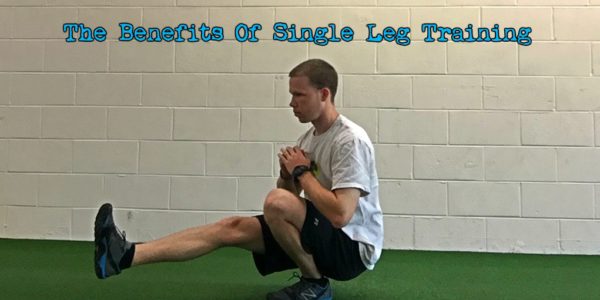Lower body training plays an important role in the effort to strip body fat and get lean. Lower body exercises use a lot of muscle mass and burn a ton of calories. But most of the movements you commonly see are things like squats, leg press, deadlifts, hip thrusts, RDLs, and the like.
There’s absolutely nothing wrong with these types of exercises. They play a key role in building a solid foundation of strength for the lower body. This is why you must master these basic exercises first.
But, these exercises only work the body in 1 plane of motion. Our bodies move in 3 planes of motion. These include: Sagittal (front to back), Frontal (side to side), and Transverse (rotational). Bilateral lower body exercises (exercises that train both sides together) only train the body in the Sagittal plane.

Once you become comfortable in this plane, it’s time to add in more exercises that challenge you in other planes. And that’s were single leg (unilateral) exercises come into play. They offer a host of benefits that bilateral training doesn’t.
Let’s take a look at some of these.
1) Improved Balance
Falls are the leading cause of death among the elderly. Not only that but over 400,000 people die each year because of falling (1). One of the primary ways to prevent falls is improving balance and stability in a single leg stance.
By classification, single leg exercises either take place on one leg or in a split stance. Bilateral, on the other hand, takes place with both feet side by side. This position is much easier to stabilize in because you have a wide base of support.
When you transition to a split stance or one leg position, your body is challenged to maintain an appropriate level of balance and coordination to keep you from falling over unlike a bilateral exercise. Because of this, unilateral exercises train you to improve balance to a greater degree.
2) Increased Safety
One of the simplest ways to progress in the gym is by adding more weight to the bar. It’s easier to do this with bilateral exercises. You’re able to generate more force with both sides of your body which means you can lift heavier weight.
But adding weight to the bar isn’t always the best idea. The more weight you lift, the higher your risk of injury if you were to perform the exercise incorrectly.
Now, don’t get me wrong. I’m not saying you should never add weight. What I’m saying is most average gym goers have a threshold with the amount of weight they should use. Going over this weight doesn’t necessarily mean better results.
With single leg exercises though, you won’t be able to lift as much weight but you can still achieve a similar training effect. This lowers your risk of injury making unilateral exercises safer, to a degree.
For example, let’s say you can back squat 250 lbs for 5 reps. In order to do this, the bar has to be positioned on your back. So the weight of the bar compresses your spine. Overtime, this compressive force could possibly lead to low back injury especially if you kept adding weight and used poor technique.

However, if you were to perform a split squat, you could probably hold a pair of 50 lb dumbbells and knock out 5 reps on each side.
Now, you’ve taken the weight off your back and pressure off your spine. You’re still working the quads as you would have done with the squat, but you’ve lowered the risk of low back injury.
3) Improved Core Stability
Improved core function is another benefit that ties directly into training our bodies in multiple planes of movement. Like I mentioned, unilateral exercises work the body in different planes unlike bilateral movements.
When you shift to one leg, you not only have to stabilize against forces in Sagittal plane but in the Frontal and Transverse planes as well. This creates a greater challenge for the core musculature.
Think about it like multitasking. When you multitask, you’re trying to accomplish several things at once. This is harder than working solely on one thing. So it presents more of a challenge.
It’s the same with your core. By training in this manner, you’re improving the ability your abdominal muscles to stabilize. This goes a long way towards becoming more injury resistant and pain free.
Exercises, like the ones I’ve listed below, will give you an idea of the wide variety of single leg movements. This isn’t an exhaustive list, but it’s a good place to start.
Step Ups
Rear Foot Elevated Split Squats
Front Foot Elevated Split Squat
Reverse Lunge
Single Leg RDL
Single Leg Hip Thrust
Wrapping Up
Bilateral exercises are an important component of any training program. This article isn’t saying to forgo all of these exercises. Squats, deadlifts, hip thrusts and other bilateral movements should make up the bulk of your lower body training.
However, the benefits of single leg training are too numerous to ignore. And as such, you should be including more of these exercises in your training program.
Be sure to master the bilateral movements first before attempting a single leg version of the same movement. When you’re ready, give some of these exercises I’ve included a shot. Not only will you obtain all the benefits I’ve listed here but it will also help to add variety to your program and keep things fresh.
References:
1. http://www.who.int/mediacentre/factsheets/fs344/en/
Photo Credit:
1. athletics.wikia.com
2. www.slideshare.net






